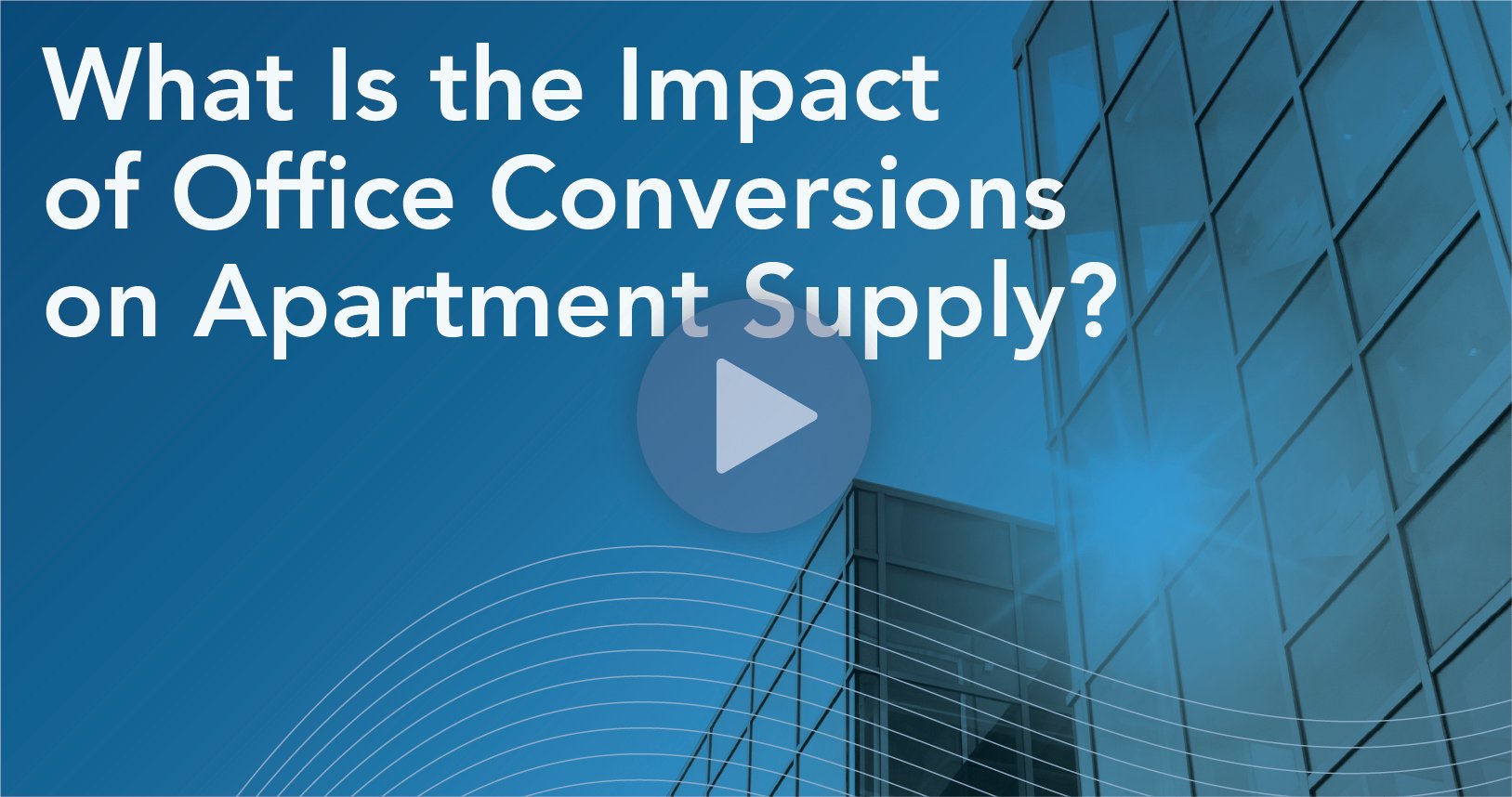Welcome to the fourth episode of 'The Inside Look.’ Senior Commercial Real Estate Economist Xander Snyder explains the change in interest rate expectations in the commercial real estate market.
Watch below and subscribe to the CRE Insider blog for additional insight from thought leaders at First American Title NCS.
Transcript:
It's becoming increasingly common for people to talk about interest rates being higher for longer. What's driving this change in rate expectations and what does this mean for commercial real estate? That's what we're going to take a look at today on First American's Inside Look. I'm Xander Snyder.
To fully appreciate this change in interest rate expectations, we need to first consider interest rates on U.S. Treasury securities with different maturity dates. So, interest rates on U.S. Treasuries that mature in the near future, say three months from now, are typically lower than those in mature in the distant future, say ten years from now.
These longer-dated yields, as they're often referred to, are typically higher in order to compensate investors for tying up their money for longer periods of time. And the difference between these longer dated yields and the shorter dated yields is often referred to as a term premium.
Now, when you stack lots of these yields with different durations, different maturity dates, next to each other, you get something called the yield curve. Yield curve inversion, which is often viewed as a leading indicator of recessions, occurs when these are flipped.
Short-term interest rates become higher than long-term interest rates. And to understand how this works, think about what an inverted yield curve implies. It suggests that investors are willing to accept lower rates of return in exchange for locking up their money for longer. It almost doesn't make sense, but it implies that investors anticipate that short-term rates will fall below long-term rates in the near future.
That's why they're willing to tie up their money for longer at lower rates. They don't expect short-term rates to remain above long-term rates for much longer. In other words, higher short-term interest rates and an inverted yield curve suggest that there's more risk in the near term than in the long term.
Now, when you have an inverted yield curve, when do these higher short-term interest rates tend to fall? Well, typically when the economy enters a recession and the Federal Reserve cut short-term interest rates in order to stimulate the economy in response.
But what happens if the economy doesn't enter a recession? Well, then the Federal Reserve has less incentive to cut short-term interest rates. And there are only really two ways that an inverted yield curve can become uninverted or normalized. Either short-term rates fall or long-term rates rise. That's really it.
And in today's macroeconomic environment, despite the many rate hikes over the last year, year and a half, inflation remains above the Federal Reserve's long-term target, the labor market remains generally strong, and consumers are typically continuing to spend money. So every quarter that passes without a recession increases the probability of a soft landing where inflation recedes without a recession occurring.
If a soft landing were to occur, the Federal Reserve may well conclude that short-term rates are sufficiently accommodating long-term, moderate economic growth and therefore that short-term rate cuts are not required in the near future. Now, if this were to happen, investors would be forced to reconsider their expectations of short-term rate declines and instead conclude that rates should remain higher for longer.
This would imply that long-term yields would need to rise in order for the inverted yield curve to normalize, since short-term rate cuts have become less likely. And this is, in fact, what we've observed over the last couple of months.
I'll be at Bisnow's Annual Multifamily Conference on November 21st in Los Angeles for a panel discussion. Hope to see you there.



